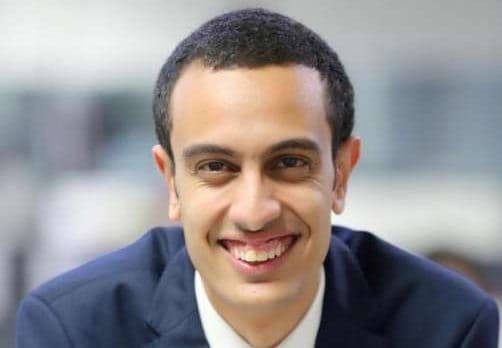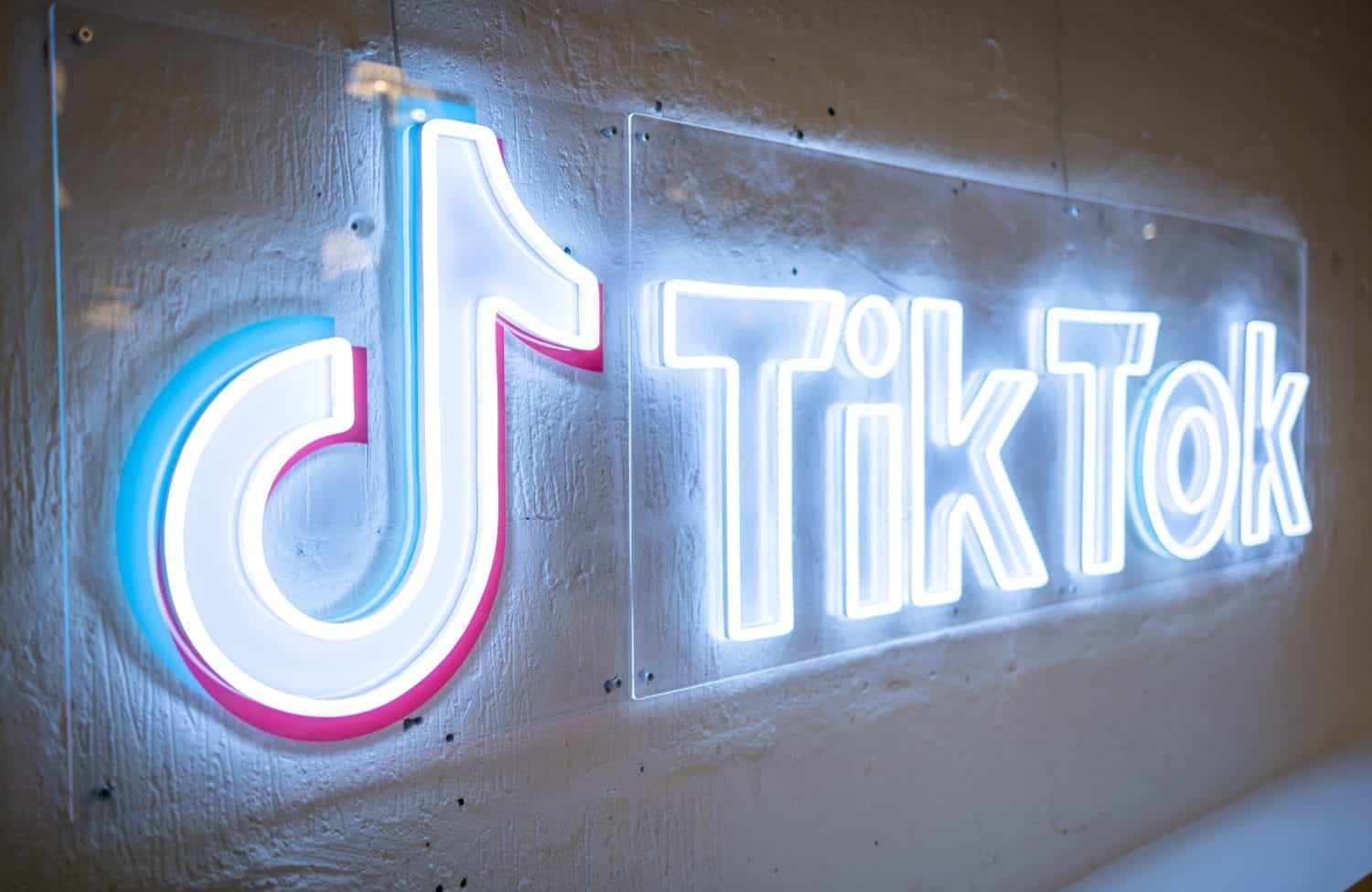Like the rest of the world, TikTok enjoys a large following in the Middle East. It is among the top ten most downloaded apps in the MENA region, particularly in Saudi Arabia, the UAE, and Qatar.
According to Anavizio, analytics and technology consultancy, the cumulative follower total of the top 10 GCC TikTok personalities grew from 24.6 million at the beginning of 2020 to 54.6 million in February 2021, a 120 percent jump.

In an exclusive interview with TRENDS, Hany Kamel, Director of Content Operation for TikTok MENA, believes that TikTok’s expanding prominence in the Arab world is due to its one-of-a-kind content, variety, and engaging short-form video content.
A vibrant Arab creative community
“Across the Arab world, we have a thriving creative community ready to express itself. Food has long been a popular content pillar because of its capacity to bring people together, especially during cultural events like Ramadan. Sports content is another popular vertical among our audiences, and we’ve capitalized on it by partnering with events like the UEFA EURO 2020 and the ongoing AFCON games. Fans seek personal connections with sports icons, which they can find on TikTok by listening in to live, unedited, and accurate insights from their favorites, “said Kamel.
He went on to say that one of the year’s biggest trends has been comedy in the form of memes, which allows creators to keep up with current events in a fun way.
“On a more digital level, gaming has risen to prominence, with regional players sharing the latest gaming hacks and trends with one another via video material. Other popular content types include educational videos like #LearnonTikTok, in which our communities used TikTok as a platform for life hacks and courses ranging from budgeting advice to photography tips to home improvement hacks.”
What sets TikTok apart from other social media apps?
TikTok describes itself as “the leading destination for short-form mobile video” with a mission to “Inspire Creativity and Bring Joy.” As a result, users and creators alike can express themselves spontaneously and share their passions. Through this “realness” and uniqueness of content, the platform aims to keep it new, engaging, and different.
Tiktok was the first app to combine short videos with a wide variety of music in an interactive way, inspiring many other social media platforms to follow the same path.
TikTok’s growth has been rapid and overpowering. With its enormous impact on pop culture and the entertainment industry, it’s no surprise that other apps are attempting to stay up with this key competitor.
Unlike other social platforms, TikTok content is easy to create and discover, and users feel comfortable on the platform and are even excited to engage with one another. Users enjoy their time on TikTok, they’re delighted by the unique content they find, and they feel safe expressing themselves with their own content. All of this helps to understand why TikTok has become so popular.
TikTok, according to Kamel, is a content creation app rather than a social media platform. “People come to the platform to create and engage with larger communities; therefore, we have a unique position in the market. This has led to authentic connections, grassroots movements, and the birthplace of culture.”
“Tiktok has provided creators with an entirely new way to connect with their users, brands, and one another, as well as new revenue streams. This format has attracted and continues to attract creators from all industries since it feels real and inclusive, which is not the case with other platforms”, he went on to say.
TikTok’s plans for content creators
The best content creators in the region continue to increase their fan base and drive engagement. New influencers and content creators on the platform are all extremely creative, producing skits and routines on various topics such as fashion, beauty, comedy, and dance. While these topics, particularly fashion and beauty, match with popular influencers’ interests on other platforms, the key is to present the content in a way that appeals to TikTok’s younger audience.
As a result, the goal is to create the correct content and offer it in fresh and exciting ways, which applies equally to brands as it does to celebrities and mainstream influencers.
“Tiktok is always thinking of new ways to add value to the community and enrich the TikTok experience globally and in the Arab world,” Kamel said.
He added that the platform aims to empower TikTok creators by providing support through various in-app initiatives that showcase their talents to a broader audience and foster creativity.
“Through our trending hub, where we spotlight creator content relevant to bi-weekly trends, and the TikTok Creators Academy, a specialized program to help content creators engage with companies on TikTok, we aim to nurture and showcase regional creative talent.” Kamel continued.
“In addition to our ongoing efforts to empower our creators, we’re also currently focusing on building a habit for content consumption of high-value content on the platform, and with the launch of our longer videos feature, we are looking at getting Arab content creators more involved by encouraging them to experiment with different formats – namely long videos and vlogging in particular – in order for them to connect with the audience on a deeper level and create a sense of community within TikTok,” he concluded.








